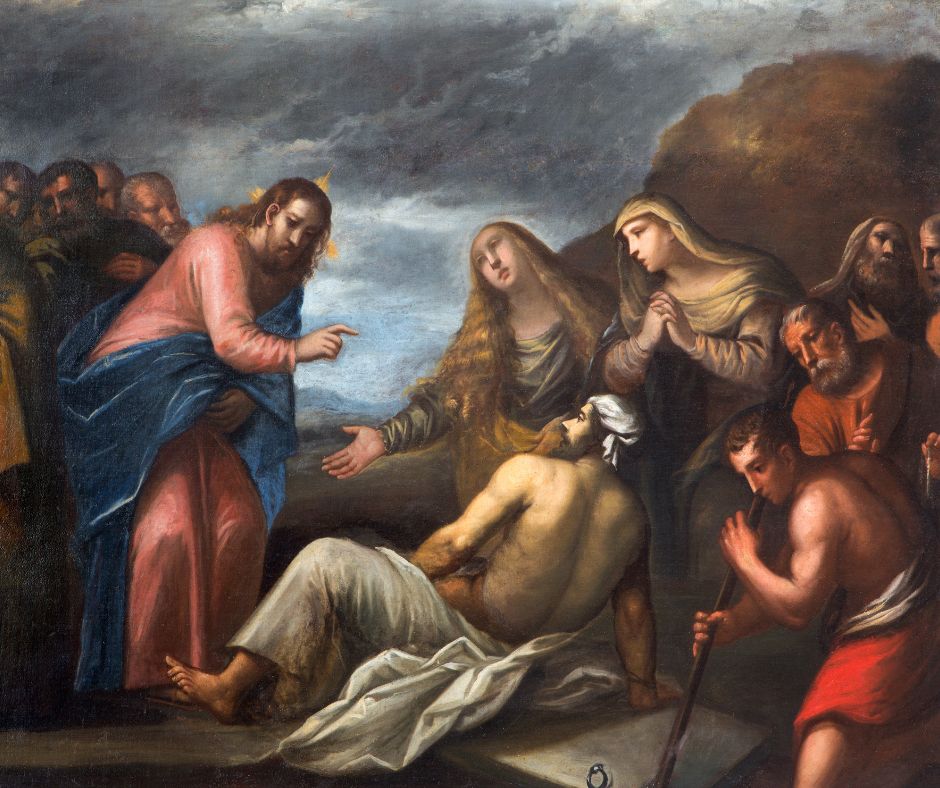Art, in its many forms, has been a cornerstone of human expression throughout history, serving as a means for individuals to convey complex thoughts, feelings, experiences, and perceptions of the world. Art holds a particularly significant place in various religious traditions, including Christianity. But what does the Bible, the central text of Christianity, say about art? Let’s explore this topic in depth.
Art as a Divine Gift
One of the primary ways the Bible addresses art is by depicting it as a divine gift. Artistic abilities, according to the Scriptures, are seen as blessings bestowed upon individuals by God.
Exodus 35:31-33 offers an excellent example. God endows Bezalel with wisdom, understanding, and knowledge in all kinds of craftsmanship, enabling him to create artistic designs in gold, silver, bronze, stone cutting, carving wood, and every other kind of craft. This passage underlines the idea that art and creativity originate from God, underscoring the sacredness of artistic endeavors.
Art as a Means of Worship and Expression
The Bible suggests that art can be used as a form of worship and a means of expressing one’s faith. In numerous instances, art serves to honor and glorify God, while also communicating His word and messages to people.
For example, in the Old Testament, the building and adornment of the Tabernacle (Exodus 26) and later Solomon’s Temple (1 Kings 6) involve high forms of artistry and craftsmanship, demonstrating the use of art as a form of worship. From intricate carvings to embroidered curtains, these sacred places were visual expressions of reverence and devotion.
Art and the Prohibition of Idolatry
However, the Bible also issues stern warnings about the misuse of art, particularly in the context of idolatry. The second commandment (Exodus 20:4-5) explicitly prohibits the creation of graven images to be worshipped. This prohibition is not an outright rejection of art, but rather a caution against its potential misuse. It’s a reminder that while art can enhance spiritual experience, it should not become an object of worship in and of itself.
Art in Parables and Metaphors
Art is often woven into the fabric of the Bible’s narrative through parables and metaphors. Christ himself frequently used parables—short, illustrative stories—to convey complex spiritual truths. This method of teaching was a form of verbal artistry, employing vivid imagery and engaging narratives to communicate profound lessons.
Similarly, the metaphors used in biblical texts often draw upon imagery that can be considered artistic. The Bible frequently uses evocative descriptions of nature, human experiences, and historical events to convey its messages. Such imagery adds depth and richness to the text, akin to a beautiful painting or sculpture.
Art and Beauty in Creation
The Bible also highlights art through the lens of the beauty found in creation. Passages like Psalm 19:1 “The heavens declare the glory of God; the skies proclaim the work of his hands,” signify an appreciation of the natural world that mirrors the human response to art. The divine artist—God—uses the universe as His canvas, and humans are invited to marvel at its beauty and majesty.
Conclusion: Art and The Bible
In conclusion, the Bible presents art as a divine gift and a means for human expression and worship. It places parameters around its use, warning against idolatry, while simultaneously highlighting the intrinsic beauty and creativity found in God’s creation. While the Bible may not have a dedicated book or chapter to art as we define it today, the undercurrents of its value, relevance, and impact resonate throughout the scripture. Ultimately, as Christians engage with art—whether as creators or appreciators—they are encouraged to see it as a means to glorify God, express faith, and reflect the beauty inherent in creation.
Author

An aspiring business leader, I am working towards my dream of graduating from Stanford University with a degree in Business Management. Passionate about sharing knowledge, I strive to empower others through education and collaborative learning.
View all posts


